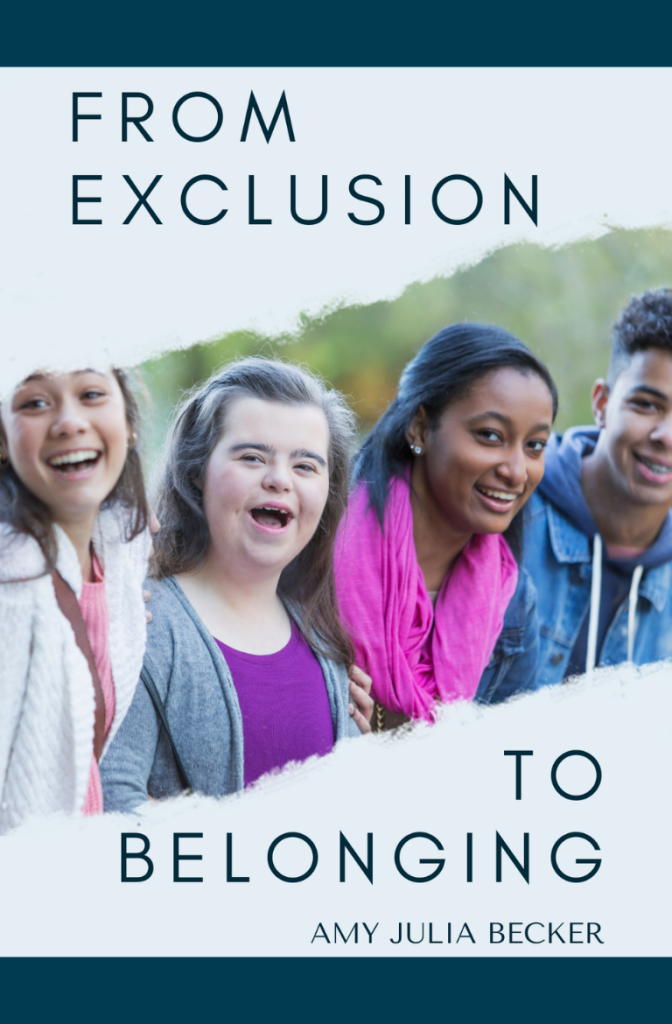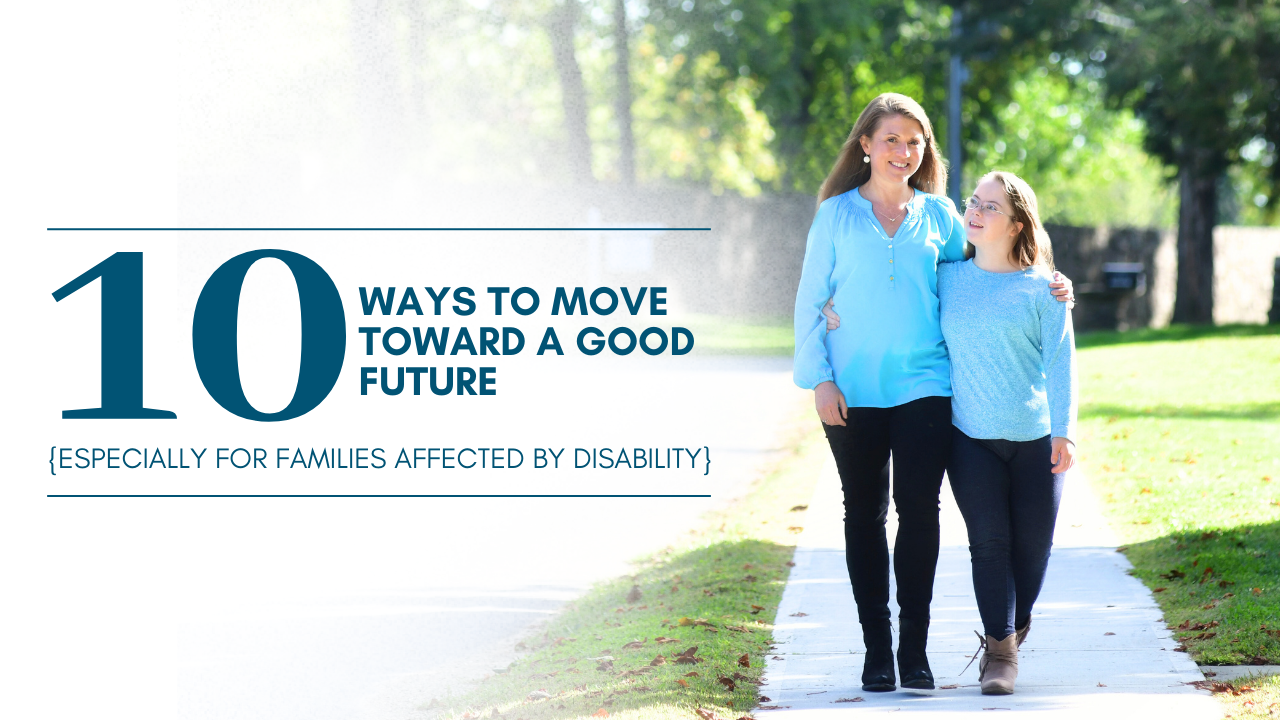What is “normal?” I don’t use the word normal very much anymore. It’s just one of the many ways my language has changed in the years since Penny was diagnosed with Down syndrome. It never seemed right—both in the sense of justice and in the sense of accuracy—to call Penny “abnormal.” So I landed on “typical.” There are areas where Penny has developed atypically, whether because particular skills happened more slowly than they often do for a typical kid (she walked at age two, for instance), or because they never happened at all (she can’t ride a bike, for instance).
I’ve been reading lately about the idea of “normal” and the ways that we define or diagnose difference. Are the labels—disability, disorder, disease—helpful or harmful? Do they assist us in caring for one another or push us into boxes? Do they perpetuate a hierarchy of humanity?
Manvir Singh, in a piece called “Read the Label” for the New Yorker, writes that giving something a name also gives a sense of control. He offers a historical look at the way we have classified and codified psychiatric disorders and disabilities and, more recently, have turned those diagnoses into identities that can both be a gift of self-understanding or a source of confusion. Labels can free us to love ourselves or box us into self-fulfilling prophecies.
Tom Pearson’s new book, An Ordinary Future, describes his experience as an anthropologist and father of a child with Down syndrome. Michaela, his daughter, pushes him to explore the boundaries of “normal.” Her diagnosis prompts him to question why we even have that category and why we see it as the most desirable place for our children to be. The idea of “abnormality” reflects cultural values more than any fixed truth, and it focuses on perceived deficits and deficiencies rather than potential.
Both of these writers expose the way the idea of “normal” can harm us. It cuts us off from exploring human potential, receiving one another with love, and assuming that each and every human we encounter is worthy of respect. Moving beyond the categories of “normal” and “abnormal” can lead us to become more curious about difference and more open to possibility.

MORE WITH AMY JULIA:
- FREE RESOURCE: 10 Way to Move Toward a Good Future (especially for families affected by disability)
- How Language Shapes Our Imagination
- S7 E 10 | Disability and the Language We Use with Andrew Leland
Let’s stay in touch. Subscribe to my newsletter to receive regular updates and news. Follow me on Facebook, Instagram, and YouTube and subscribe to my Reimagining the Good Life podcast.




